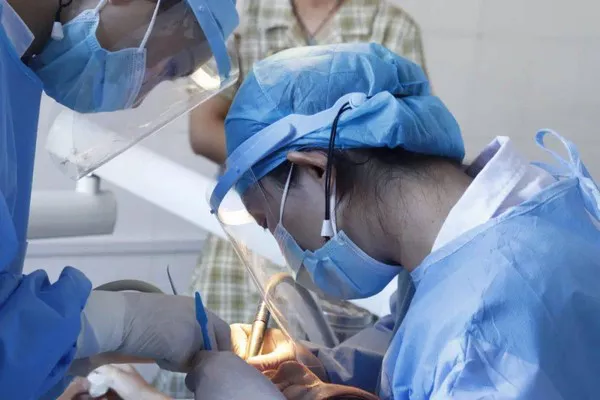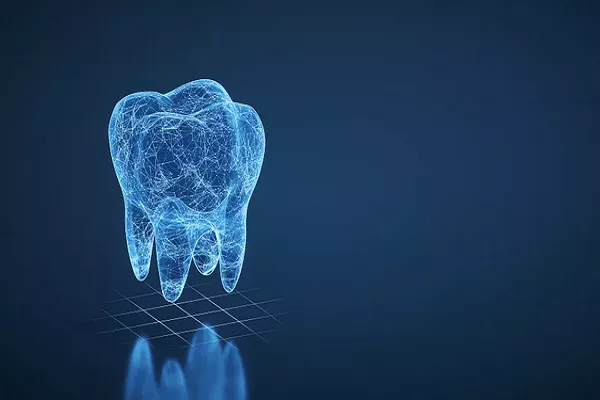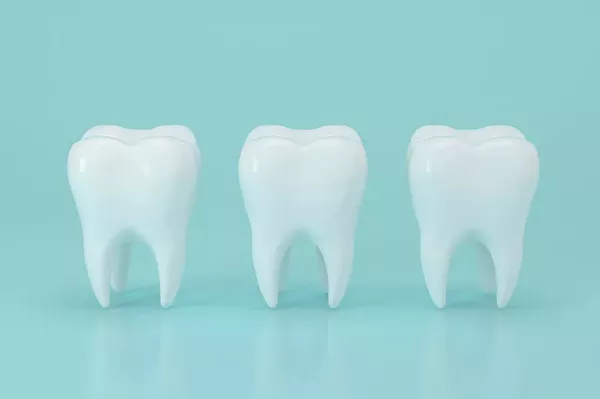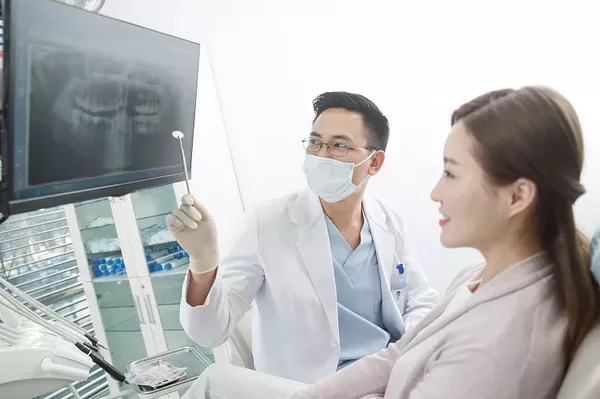Reverse orthodontics, also known as orthodontic relapse correction or reverse engineering orthodontics, is a specialized form of orthodontic treatment that is designed to correct changes in tooth alignment or jaw position that have occurred after previous orthodontic treatment.
Orthodontic relapse can occur when teeth gradually shift back into their original position after braces or other orthodontic treatment have been removed.
This can happen due to a variety of factors, including inadequate retention or failure to wear retainers as prescribed.
Reverse orthodontics involves using orthodontic appliances to correct these changes and re-align teeth to their optimal position.
This may involve the use of clear aligners, braces, or other dental appliances, depending on the specific needs of the patient.
The goal of reverse orthodontics is to restore the patient’s smile to its optimal position and improve overall oral health.
It can also help to prevent further dental problems from developing, such as tooth decay or gum disease.
The cost of reverse orthodontics can vary depending on the extent of the relapse and the specific treatment plan recommended by the orthodontist.
However, it is often less expensive than initial orthodontic treatment because it typically involves less time and fewer appointments.
It is important to note that reverse orthodontics is not a substitute for proper orthodontic treatment, and it is essential to wear retainers as prescribed to prevent relapse from occurring in the first place.
Regular dental check-ups and professional cleanings are also important for maintaining optimal oral health.
In conclusion, reverse orthodontics is a specialized form of orthodontic treatment designed to correct changes in tooth alignment or jaw position that have occurred after previous orthodontic treatment. It can help to restore the patient’s smile to its optimal position, improve overall oral health, and prevent further dental problems from developing. While the cost of reverse orthodontics can vary, it is often less expensive than initial orthodontic treatment and can be a valuable investment in your oral health and well-being.
































